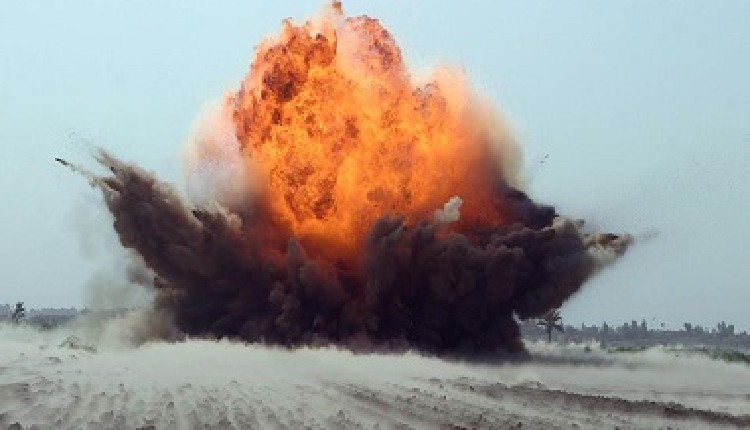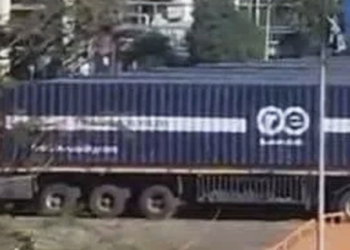New Delhi: India has taken a significant stride towards achieving self-reliance in defence with the development of a new explosive more potent than Trinitrotoluene (TNT).
Known as SEBEX 2, this indigenously manufactured explosive has successfully passed certification tests conducted by the Indian Navy.
Developed by Economic Explosives Ltd (EEL) in Nagpur, a subsidiary of Solar Industries under the “Make In India” initiative, SEBEX 2 aims to boost the effectiveness and efficiency of weapons and ammunition.
The development of new explosives aims to significantly enhance the effectiveness and efficiency of weapons and ammunition, defence sources say.
According to the sources, SEBEX 2 represents a major breakthrough in conventional explosives technology. Experts say that based on high-melting explosives (HMX), SEBEX 2 is touted as one of the world’s most powerful non-nuclear explosives. It offers approximately 2.01 times the lethality of standard TNT, making it highly sought after for enhancing the firepower of bombs, artillery shells, and warheads without increasing their weight.
SEBEX 2 has the potential to revolutionise military capabilities globally, as it surpasses the typical TNT equivalence levels found in conventional warheads.
The certification of SEBEX 2 marks a crucial milestone in its deployment for various military applications, promising to significantly improve the lethality and effectiveness of munitions relying on blast and fragmentation effects, sources said.
The EEL, a subsidiary of Solar Industries, is also advancing in other explosive innovations. They are nearing completion of an explosive that is expected to be 2.3 times more potent than TNT within six months, sources said.
Additionally, EEL’s SITBEX 1, a thermobaric explosive, and SIMEX 4, a safer storage and handling explosive, have both received certification from the Indian Navy.
These advancements underscore India’s commitment to enhancing its defence capabilities through cutting-edge technologies in explosives and munitions development.
(IANS)
















